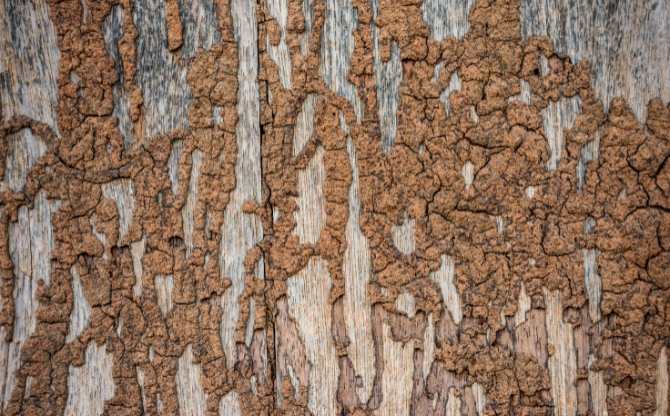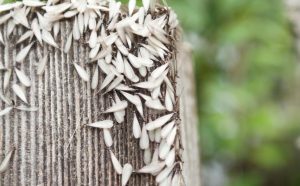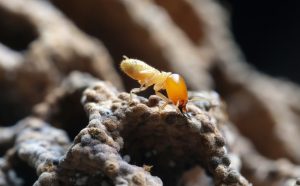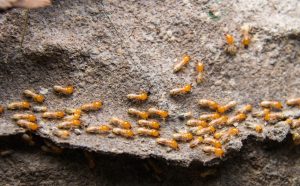Termites are small, social insects consisting of four distinct species: damp wood, dry wood, subterranean and Formosan. All termites feed on wood and cellulose materials, which makes them a significant pest in homes and buildings.
Even though they are relatively slow-moving creatures with limited flying capabilities, termites can spread quickly if left unchecked.
How Termites Spread
Termites live in colonies and can quickly spread up to 100 feet in every direction from their centre. They can multiply rapidly and become an infestation within a few days. There are two main ways in which termites spread:
1) By Swarming
Termites are capable of spreading by flight when reproductive males and females take off during certain times of the year. These flights, known as swarming, usually occur during the spring season when conditions are warm and humid.
When the swarm finds a suitable area for nesting, the winged termites lose their wings and mate. The fertilized female will then establishes a new nest of winged reproductive termites from which future generations of termites will spread.
2) By Foraging
In addition to swarming, termites also spread by searching for food. Termites search for resources such as wood, paper and other cellulose materials to sustain their colonies. As they search, they can move into new areas and establish a new nest.
Typically, they travel through wood transfer or underground tunnel and creates mud tubes to protect themselves from predators and humidity. As a result, termites can spread into new areas in search of food and resources.
3) By Budding
Termites are capable of reproducing asexually by budding off from existing colonies. The process of budding is when a mature reproductive termite splits off from its colony and forms a new one. Budding allows colonies to expand quickly, leading to an increase in the number of pests in the area.
This form of proliferation can be seen most often in Formosan subterranean termites, which are known for their destructive behaviour and large-scale infestations.
4) Through Human Activity
Transporting firewood and infested items can accidentally spread termites to new areas. Once established, they can rapidly multiply and spread.
Furthermore, bringing infested furniture or wooden items to a termite-free home may provide new areas for the pests to colonize. It is crucial to inspect all materials before bringing them into your home to avoid introducing termites.
5) Through Limited Natural Migration
Termites can spread to new areas by migrating long distances in search of food and shelter. This type of migration is not as common as other methods mentioned earlier, but it can still contribute to the spread of termites.
Typically, when the termite population in an area grows too large for its current resources, some individuals will venture out to find a new location with more sustenance. This results in the propagation of termite colonies over significant distances.
Takeaway
Taking all these factors into account, it is easy to see why termites can spread so easily throughout an area.
While some of these methods require human interference, natural migration and the forces of nature also contribute to their spread. Taking preventative measures such as removing sources of food and moisture in vulnerable areas can help reduce the chance of a termite infestation.
If you need help with termite control, consider contacting our professionals.




